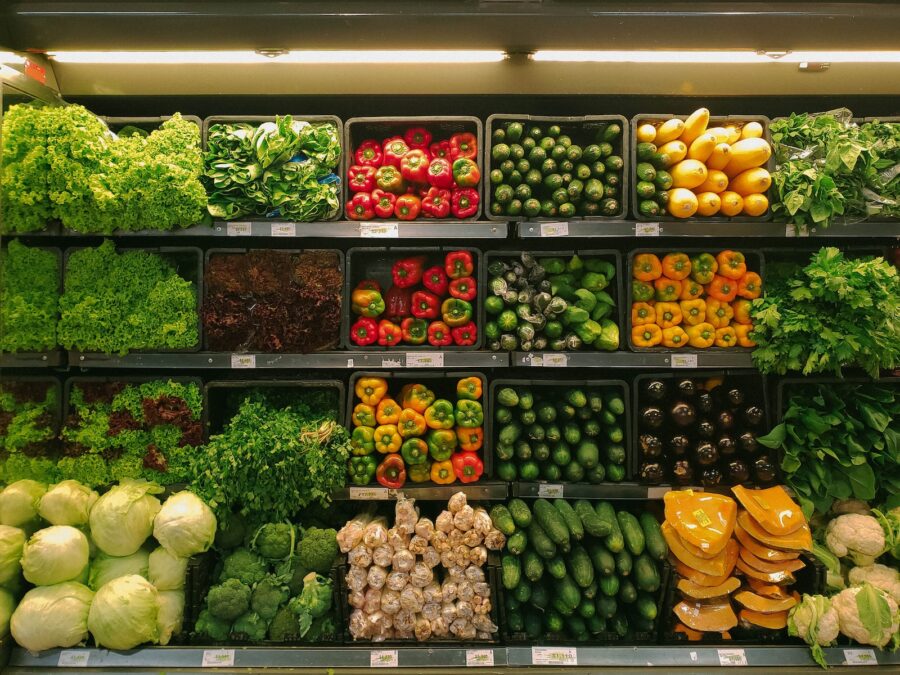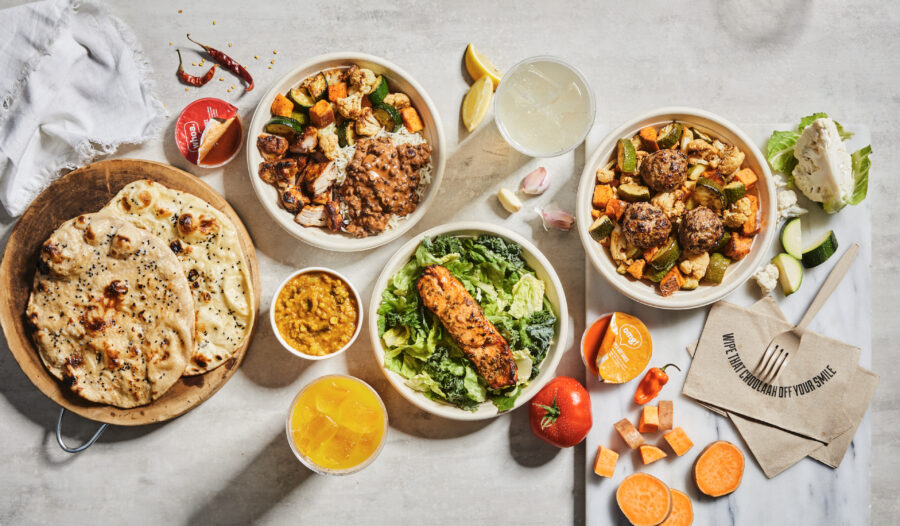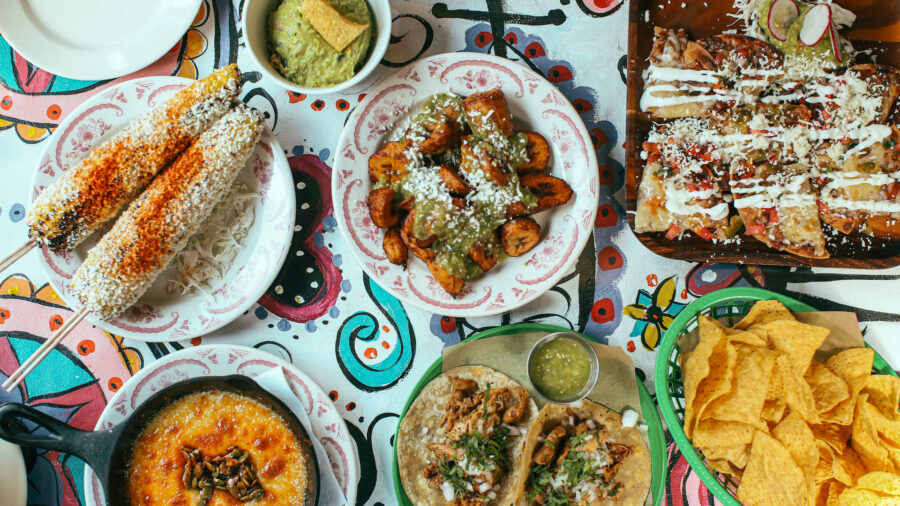Whether they’re bonafide health fanatics or just looking for healthier options to add to the rotation, many shoppers today are focused on eating healthy, and are increasingly turning to the organic and natural food sections for their groceries. Organic food sales grew by roughly 2% to $57.5 billion last year, according to the Organic Trade Association.
What once was a niche product category has now become a thriving sector.
Acosta Group’s latest study on the state of organic and natural food sales noted that nearly three out of every four shoppers are purchasing natural and/or organic food items.
The survey also found that interest in buying these kinds of products more frequently is up among all age groups, particularly in younger shoppers concerned about living a healthy lifestyle, negative effects on the environment, and poor animal welfare. These consumers also tend to be more affluent, according to the results.
PRICE REMAINS A BARRIER FOR MANY
There is still a great disconnect with consumers at large when it comes to the value of natural and organic products.
For shoppers who stick to the standard food items at the grocery store, 73% told Acosta Group that the price of organic/natural products was the key barrier from purchasing them. Almost half said that they believe the conventional products they buy are more practical, and 44% said they just don’t buy into the hype surrounding natural/organic food.
This is in contrast with organic and natural shoppers, who place “nearly equal importance on ingredients as they do on price,” according to Kathy Risch, Acosta Group’s SVP, Consumer Insights and Trends. The benefits of an organic diet for these shoppers is worth the higher grocery bill; and there are positive indicators that organic products usually contain more nutrients and healthy fats, according to the Mayo Clinic.
There’s also some confusion on the terminology and transparency of product labels. When asked in the aforementioned survey to identify the differences between natural and organic, many respondents found it challenging, saying that they were unsure of the differences.
The key difference: the term “natural” only refers to the food item itself, where “organic” refers to the food and the manner in which it was produced.
KEY CRITERIA FOR NATURAL, ORGANIC ITEMS
Foods labeled “natural,” according to the Mayo Clinic, are made with no artificial colors, flavors or preservatives. “Organic,” on the other hand, refers to the high-standard farming practices that are designed to improve the wellbeing of the livestock, the produce, and their respective environments.
Items that bear an organic label can’t utilize any synthetic pesticides or fertilizers, sewage fertilizers, or genetic engineering. Additionally, organic livestock cannot be raised with antibiotics or growth hormones.
DEMAND HOLDING STRONG
Producing these kinds of products might be more costly, but demand among consumers remains steady.
Organic and natural food shoppers typically choose such items because they value ethical practices. And, according to Acosta Group, natural and organic shoppers also tend to be eager to try new products.
In order to appeal to a wider swath of shoppers, food companies must overcome the barrier of the higher price point and confusion around natural and organic items.
The Food Institute Podcast
Click the play button above to listen to the episode.
How did a small sub shop from Point Pleasant, New Jersey, grow into a 2,400-store operation across 50 states? Jersey Mike’s Franchise Systems Inc. senior vice president Caroline Jones shares the company’s evolution after deciding to franchise the concept in 1987. Additionally, Jones shares stories of growing up in the business, and how the company’s philanthropic efforts help to endear franchise locations to each community they serve.












